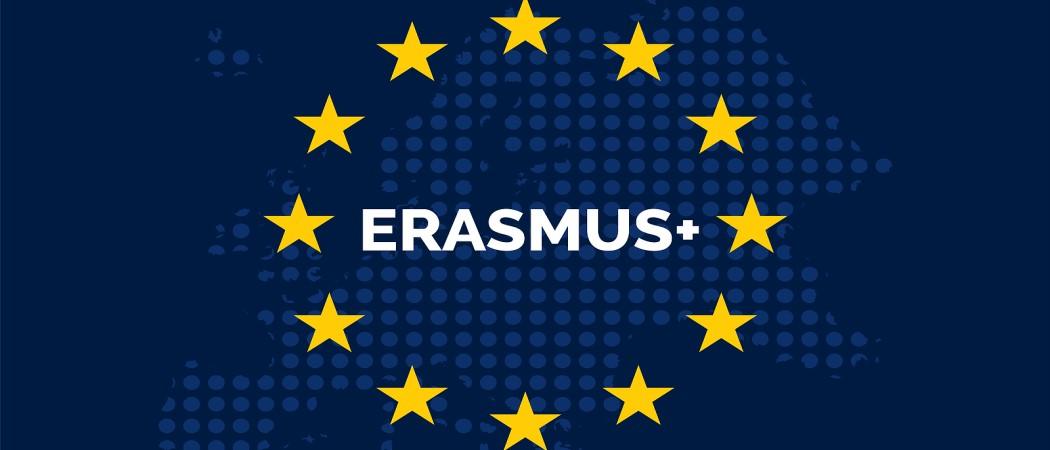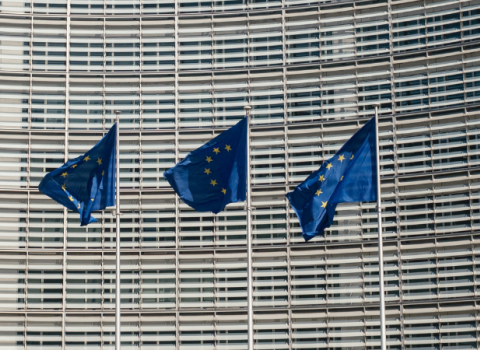EU funding for education and student exchanges will be bigger than ever, but money may be stretched over parts of the Erasmus+ programme and the innovation agency EIT

The European Parliament and the Council on Friday reached agreements on final details of the EU’s next €26 billion education programme Erasmus+, and funding of almost €3 billion for the European Institute of Innovation and Technology (EIT).
In parallel, the agreement of the next research programme, Horizon Europe was finalised. EIT’s €3 billion includes a €279 million top up from a €4 billion pot of antitrust fines.
“I cannot say that I am entirely happy with this outcome, because we were pushing for a bigger budget, but I believe this is a number we can work with,” said Parliament’s EIT rapporteur Maria da Graça Carvalho.
The agreements pave the way for final, formal approval from MEPs and EU ambassadors sitting in the Permanent Representatives Committee (COREPER) later this week, in time for the programme to start in 2021.
“This whole negotiation dragged on so long; if we would have had to wait longer it would have had high implications for the Erasmus programme,” said Kostis Giannidis, president of the Erasmus Student Network, as the negotiations concluded a day after EU leaders agreed on the overall 2021 – 2027 EU budget.
The first calls for 2021 Erasmus+ projects and mobility programmes were meant to come out in October, however, without an agreement, running tenders was impossible. Now, the European Commission is promising to deliver the first calls in February. If everyone acts quickly, projects and student exchanges will be able to start on time, said Giannidis.
The new Erasmus+ programme will also help fund joint actions with the Horizon Europe research programme, to strengthen and modernise higher education institutions.
A more inclusive Erasmus+
Friday’s agreement ensures that Erasmus+, which is expected to benefit 12 million people, three times more than its predecessor, will be easier to access for those coming from disadvantaged backgrounds. In practice, this means participants with disabilities, in poverty, coming from remote locations and migrants, will be able to secure top up grants, including up-front payments for the initial costs of taking part in the programme.
“Most of the students that go on Erasmus are those that have the socioeconomic opportunities to do so,” said Giannidis. For those who cannot afford to supplement their grants with own income, the EU funding is often not enough.
In the current programme, students with disabilities made up only 0.14% of the participants. “This is a very small number,” said Giannidis. “We want to see this improved in the next programme.” He hopes a new blended learning option, which allows students do part of their exchange online, will help involve more participants.
It is up to the European Commission and EU member states to decide on action plans identifying barriers to participation and measures to overcome them.
The policymakers also agreed to allow adults enrolled in, for example, evening classes or learning digital skills, to join the programme. Until now, only those under 30 could take part.
Despite being more inclusive than its predecessor, UK students could lose access to Erasmus+, as negotiators failed to reach a deal on the country’s post-Brexit participation in the programme. The two sides were not able to come to an agreement and closed negotiations on the matter without a result, but the stalemate could be broken as talks on a trade deal between the EU and the UK continue.
The fine print
Of the €26 billion, 83% will be spent on education and training, 10.3% on youth programmes, and 1.9% on sport.
For Giannidis, the remaining question is how the biggest slice of the pie, education funding, will be broken down, especially how much will go towards blended mobility initiatives. “We are happy that we have a bigger budget and that the new programme is actually shaping, but we have a bit of caution as we wait to see until the budget is distributed across various sections,” he said.
Once the Commission distributes the funds, it will be possible to determine how many students can take part in the programme. The current programme has supported around two million students. Giannidis hopes the next programme will support even more traditional student exchanges, while digital mobility projects enable even more Europeans to join the one of the EU’s most well-known programmes.
In line with the EU’s climate and digital ambitions, the new programme will encourage participants to travel to their exchange destination using more sustainable means and develop more user-friendly IT systems. However, it is not clear how this will look in practice. “It remains to be seen what the specific measures are,” said Giannidis.
EIT negotiations continue
Despite not being entirely happy with the outcome of the budget negotiations, Carvalho said the budget for the EIT is very close to that proposed by the Commission and should be enough to fund the EIT’s new initiatives, which include two new knowledge and innovation communities (KICs). “Nobody is questioning the intention to have two new KICs,” she said.
A new KICs due to launch in 2022 will support the creative and cultural industries, which have been severely affected by the COVID-19 lockdowns across Europe.
The other one has not been decided, however, the Parliament has a clear target, a KIC on water. “We do not have a European endeavour, partnership or other kind, with an integrated approach, covering the knowledge triangle, on water and all the connected aspects,” said Carvalho. “This is what we are still fighting for.”
Carvalho says the incoming Portuguese presidency places a lot of importance on water and maritime issues, which gives the Parliament hope that it will be easy to agree on the priorities for the new EIT community.
The newly agreed budget will allow policymakers to continue negotiating on the EIT’s framework under the next council presidency.





 A unique international forum for public research organisations and companies to connect their external engagement with strategic interests around their R&D system.
A unique international forum for public research organisations and companies to connect their external engagement with strategic interests around their R&D system.